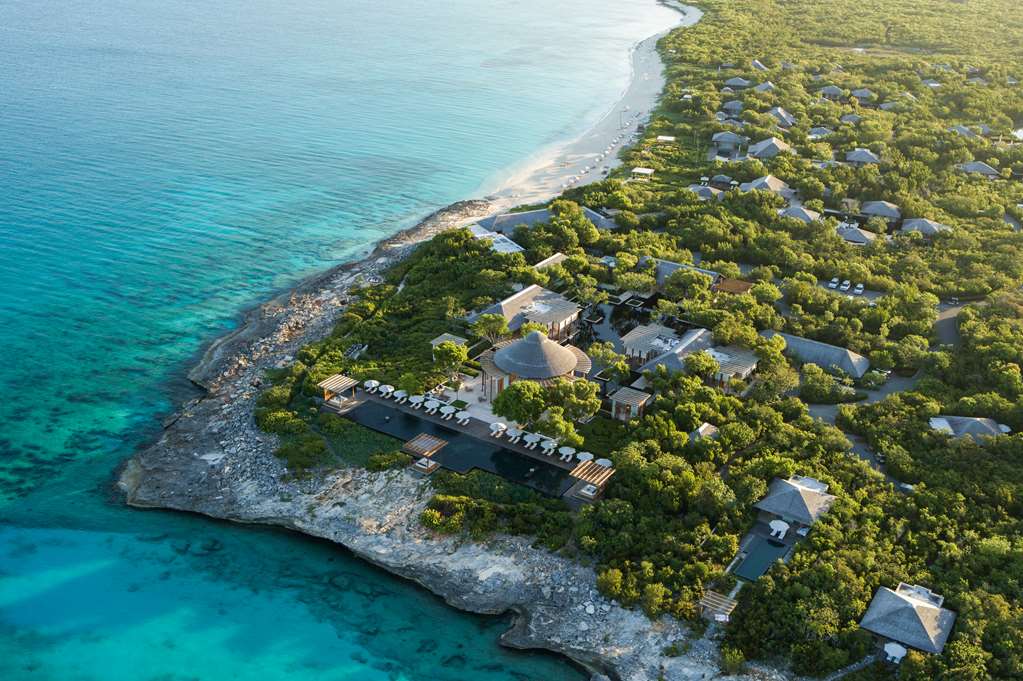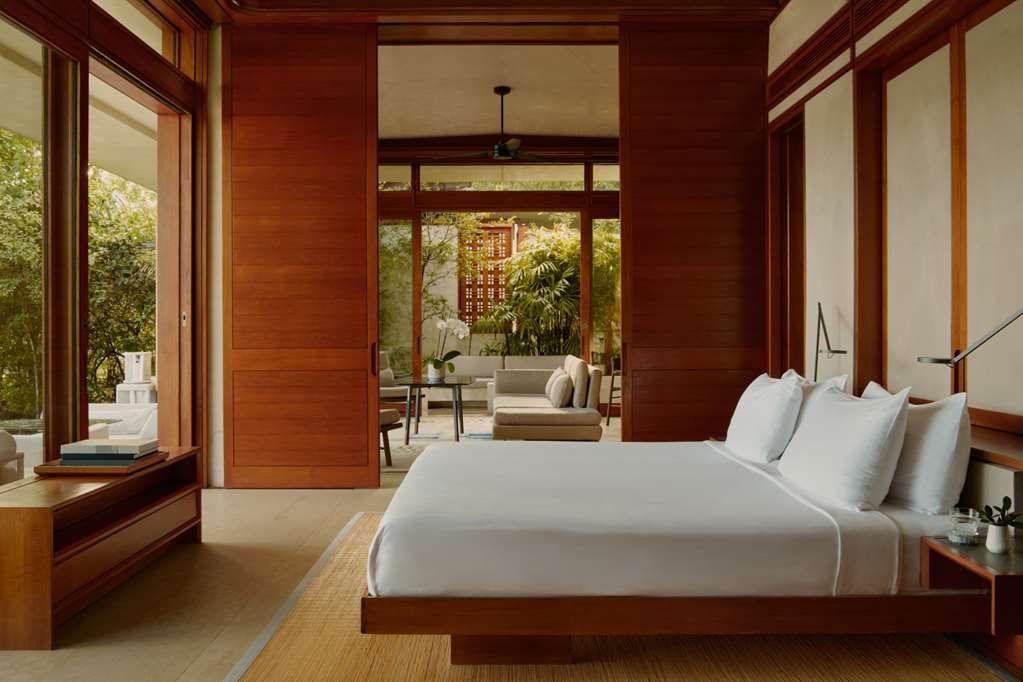Vous pensez qu'il y a une erreur sur ce lieu ?
Signaler une erreur
Vos retours sont importants pour nous. Si vous avez remarqué une erreur concernant ce lieu, merci de nous en informer pour que nous puissions la corriger.
Propriétaire de ce lieu ?
Nous récupérons automatiquement les informations disponibles sur votre lieu. Si jamais celles-ci ne sont pas correctes, connectez-vous gratuitement sur notre tableau de bord pour les modifier et bonus, accédez à vos statistiques détaillées.
Ce qu'en disent les utilisateurs
Autres lieux à voir autour
 Amanyara
Northwest Point, Providenciales Providenciales TKCA 1ZZ
Ajouté par133 utilisateurs
Amanyara
Northwest Point, Providenciales Providenciales TKCA 1ZZ
Ajouté par133 utilisateurs
 Amanera
Auto. 5. Carretera Rio San Juan, Carretera Rio San Juan, Rio San Juan Republica Dominicana 33300
Ajouté par64 utilisateurs
Amanera
Auto. 5. Carretera Rio San Juan, Carretera Rio San Juan, Rio San Juan Republica Dominicana 33300
Ajouté par64 utilisateurs

"🇭🇹site historique du XIXe siècle duquel les militaires haïtiens prévenaient d’un éventuel retour des français✊🏾"
@lylivoulaitallerdanser
"UNESCO World Heritage Inland from the northern coast of Haiti is the National History Park, containing the monuments of Citadelle Laferrière, the palace of Sans Souci, and the buildings of Ramiers. The significance of these structures, all remarkable in their own right, is that they were built in the early nineteenth century by newly self-liberated black slaves after Haiti's declaration of independence from France in 1804. The buildings, and many others, were ordered by Henri Christophe, King Henri I of Haiti, who was determined that the new Haitian state would face its former colonial master on equal terms. Of foremost importance to the liberated slaves was security from possible French reprisals. The immense mountaintop fortress of Citadelle Laferrière was built 17 miles (27 km) south of Cap-Haïtien by 20,000 men, driven to work as hard as they had in the plantations. Should the French invade, people who had settled in northern Haiti were instructed to fall back on the citadel, destroying everything of use to their enemy in their wake. The stone citadel, built between 1805 and 1820 on the summit of the 3,000-foot- (914-m-) high Bonnet à L'Eveque mountain, extended over an area of 108,000 square feet (10,000 sq m). Its walls are a towering 130 feet (40 m) high. Intended to be able to support 5,000 inhabitants under siege for a year, the citadel incorporates food storehouses and huge water cisterns. It was heavily armed with 365 cannons, each dragged with immense effort from the coast; extensive stocks of cannonballs can still be seen, lying piled within the citadel."
@nchavotier
"The structures at the National History Park in Haiti represent the dawn of the nation's independence. Following a 14-year struggle by the island's Black slaves against the colonists, the independent Republic of Haiti was born. The Citadel, Sans Souci Palace, and buildings at Ramiers remain a testament to liberty and freedom."
@
"- Le plus grand fort du monde "
@